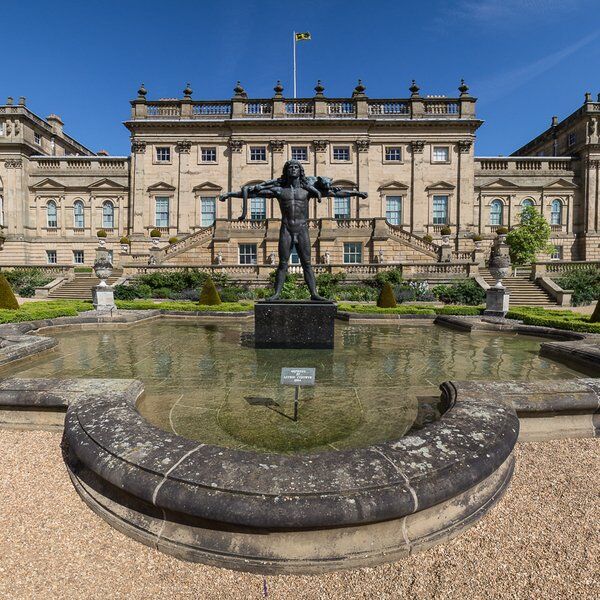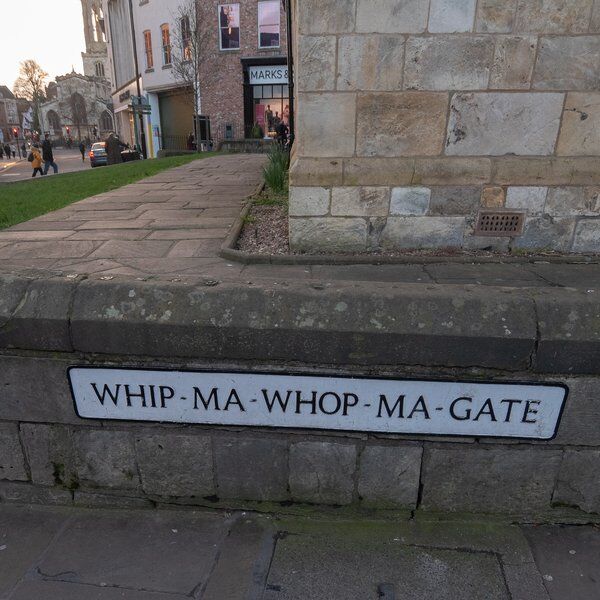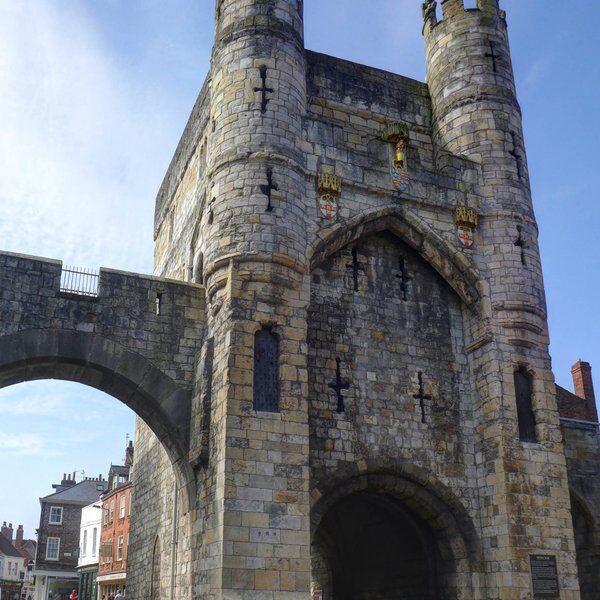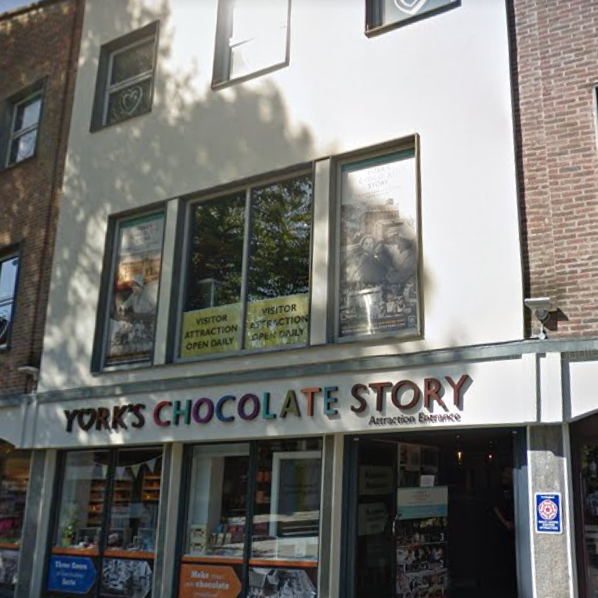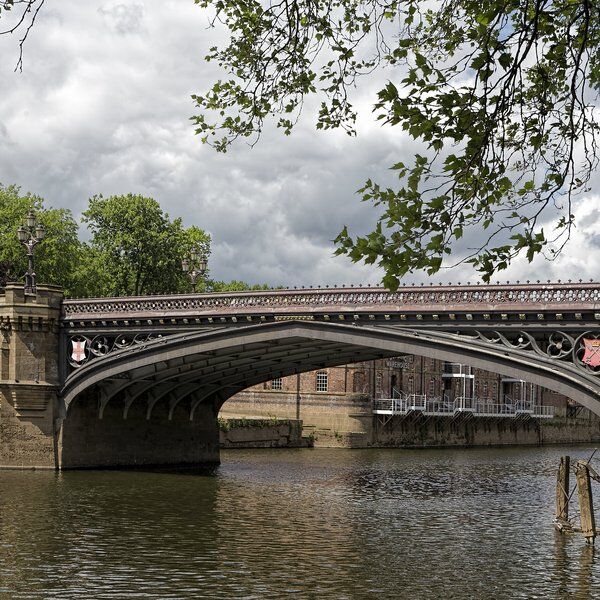Following extensive excavations of the Coppergate area of York, Jorvik Viking Centre opened in 1984 as the first museum of its kind in the United Kingdom.
The vast collection of priceless Viking treasures and archaeological findings warranted an experience above the ordinary: exhibits would be explored by miniature railcars, the exhibits themselves would be lifelike and interactive, and visitors would get a glimpse at what Viking Age York was like.
But that was more than 30 years ago. Today, Jorvik Viking Centre continues to be a vital source of information for historians, York locals and visitors alike to get a flavour of the city they know and love as it was over a thousand years ago.
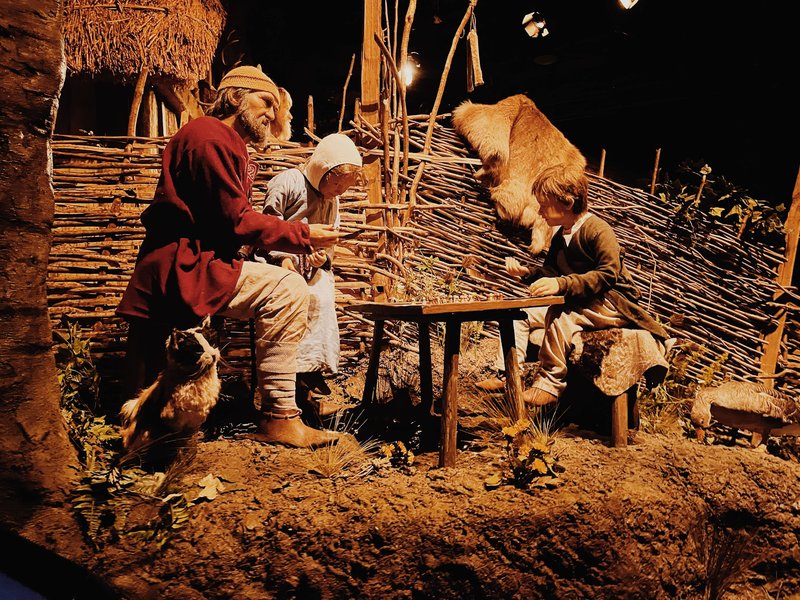
What is the Jorvik Viking Centre?
When it opened, the Jorvik Viking Centre was a world-first museum experiment.
It was built directly above the site of the Coppergate Dig excavations undertaken in the 1970s and ‘80s, and was designed to recreate the Viking Age settlement that had been buried underground, unbeknownst to anybody, for over a thousand years.
The sheer volume and high quality of the objects, materials and remains were too good to simply be put behind glass cases. Out of context, historians and archaeologists feared that people wouldn’t appreciate them for their extraordinary rarity.
The solution was to build a museum that visitors would experience, rather than simply observe. Painstaking research was undertaken to ensure that the houses, clothes, language of Old Norse and even the smells would be historically accurate.
A slow-moving railcar ride was implemented to take visitors among the exhibits, where a narrator would explain the history of Viking Age York from start to finish.
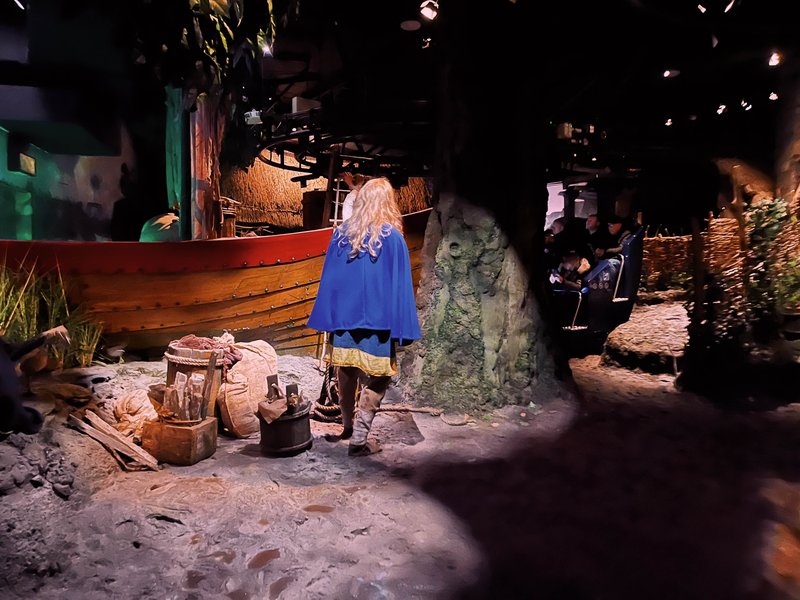
In the year 2000, after 16 years of operating, Jorvik Viking Centre updated the exhibits. Once again, historians and archaeologists pooled their knowledge, implementing changes to reflect more recent discoveries. This included using facial reconstruction from Viking Age skulls to give the mannequins ‘real’ Viking faces!
In 2010, a new glass-floored gallery was added to the Jorvik Viking Centre to showcase what the original Coppergate Dig excavations had looked like. In 2015 however, disaster struck. Catastrophic floods affected the city of York and by Boxing Day that year, the Jorvik Viking Centre exhibits stood under a metre of water.
The museum reopened in April 2017 after undergoing meticulous restoration and regeneration. The museum updated the ride experience again and added a gallery showcasing additional Viking artefacts, bringing more context to the exhibits and the chance to view the fantastic finds up close.
The Coppergate Dig
In 1972, a small team of excavators dug up and examined a few trenches below Lloyds Bank in Coppergate, York. Their findings revealed unparalleled amounts of Nordic secrets about York’s past.
Firstly, the trenches revealed nine metres (almost 30 feet!) of archaeological layers - an unusually deep amount. Secondly, those layers were moist and peaty, meaning that materials and matter that usually decompose or disintegrate were miraculously preserved, including leather, textiles, even whole buildings - one buried timber building had a surviving structure of nearly two metres (6.5 feet) in height.

Thirdly, these layers also contained preserved seeds, pollen, insect remains and animal bones, each a tiny clue as to the climate, diet, and health of the Viking forebears of York.
In 1976, York City Council agreed that the excavation site could be extended. From that moment onwards until the early 1980s, 1,500 square metres were carefully excavated and examined, revealing Viking Age buried treasure and, for the first time, a unique insight into the social history of the mysterious Viking people.
Magnus Magnusson & The Making of Jorvik Viking Centre
Of course, securing the funds for the Coppergate Excavations and opening a state-of-the-art museum is no easy feat.
Thousands of people were involved in the uncovering of the Viking Age settlement in Coppergate: among them were professional and local amateur archaeologists, historians, experts on metals, minerals and weapons, numerous casual visitors to the site and even inmates of HM Prisons on day release!
But the main ‘celebrity’ of the Coppergate Excavations and Jorvik Viking Centre, at least back in the 1980s, was Magnus Magnusson. Best known for being a TV presenter of the British TV programme, Mastermind, Magnusson was a well-known figure and passionate historian. His Icelandic heritage no doubt contributed significantly to his special interest in the Vikings.

Magnusson helped secure funds for the Coppergate Dig and later the Jorvik Viking Centre. For the latter, he secured funds from not one but four royal patrons - the queen of Denmark, the crown prince of Norway, the king of Sweden and the then Prince of Wales (now King Charles III).
He also rallied the second, third and fourth generations of Scandinavians in the United States, particularly in Minneapolis, Minnesota (the state that experienced high volumes of emigrant Swedes, Norwegians and Danes in the 19th century) to donate to the cause.
Finally, visitors to the Jorvik Viking Centre in the 1980s would have recognised Magnusson’s low, careful voice narrating the original ride around the exhibits, although it has since been updated. Magnusson died in 2007, and is still remembered in York for his tireless work in preserving and sharing local Viking history.
Ordinary Viking Life in Jorvik
Until the Coppergate Dig, historians and archaeologists had a pretty good idea about the military and naval lives of Vikings in Britain, but there were few personal items that detailed the lives of ordinary York citizens.
Startling finds made by archaeologists turned the stereotype of Vikings as vicious ‘barbarians’ on its head.
For the first time in Britain, historians came face-to-face with the remains of a Viking tannery for a boot shop, a comb workshop where somebody had once fashioned grooming tools from bone or antler, and even an ice skate factory.
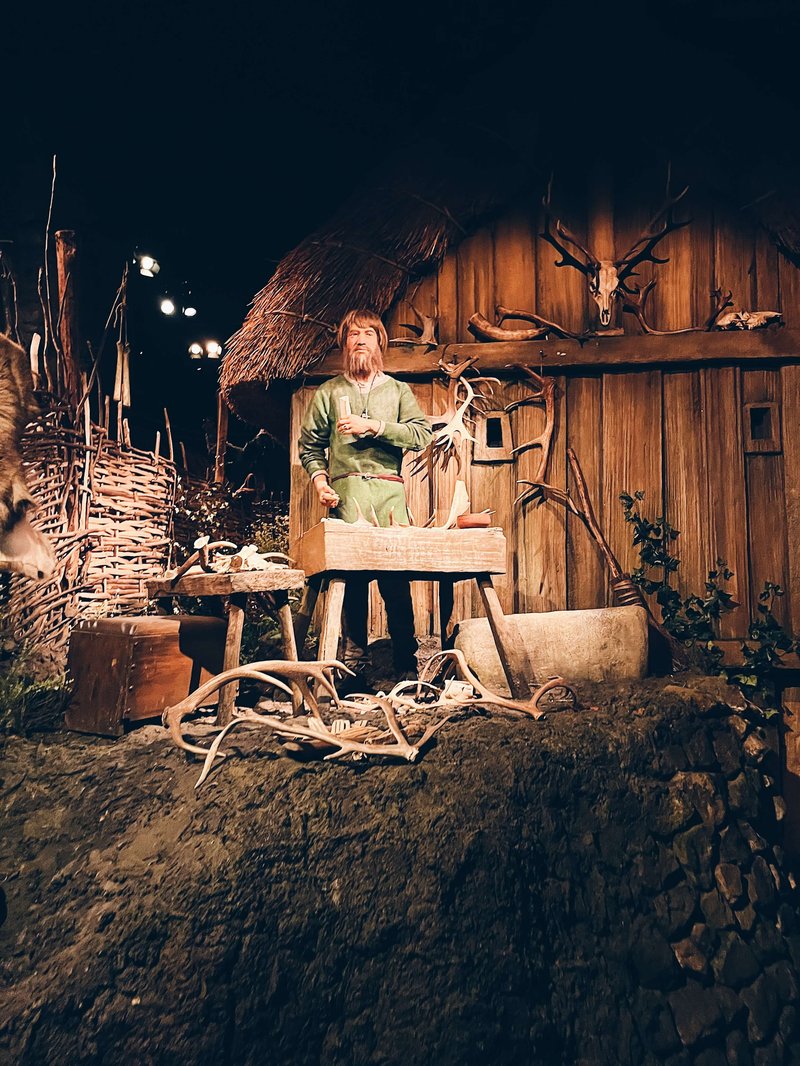
In Coppergate (which got its name from the Vikings, originally “Coopers Street” or “Woodworkers Street”), one of the buildings still had wood shavings and chippings left over from items made a thousand years ago.
Beside it, a house with a jewellery workshop was discovered still containing pendants of jet, amber beads and rings.
Other amazing finds from the Coppergate Dig included cookware - a frying pan that looks like it could still cook a mean Full English breakfast in, handmade coins which helped date the settlement, a bronze set of scales which merchants would have used for weighing precious metal and even a set of Viking panpipes.

Inside the Jorvik Viking Centre
The museum offers visitors the opportunity to explore the Viking village and learn about daily life in Viking Age York. Visitors can see reconstructions of Viking houses and discover some of Britain’s rarest Viking artefacts, found during the archaeological excavations, including tools, jewellery, and everyday objects. There is even a fossilised Viking poo - or, as the museum puts it - “Coprolite” (!).
The museum also features two important exhibits and displays that showcase different aspects of Viking history and culture. These include the "Viking Crafts" exhibit, which demonstrates various skills and crafts important to the Viking economy, and the "Viking Warriors" exhibit, which explores the weapons, armour, and tactics used by the Viking warriors.
The Jorvik Viking Experience
One of the highlights of the Jorvik Viking Centre is the "Jorvik Viking Experience," the ride which takes visitors on a journey through the village using a series of interactive exhibits and displays.
A key feature of the Jorvik Viking Experience is the "Time Capsule," which gives visitors an insight into how the Vikings lived, worked, and played. The Time Capsule features a number of interactive exhibits providing information on the beliefs and customs of York Vikings.

The York Viking Museum
In addition to the Jorvik Viking Centre, York is also home to the York Viking Museum, which is located in the city's historic Treasurer's House, a Grade I listed building dating back to the 11th century.
The museum features a collection of Viking artefacts, including weapons, armour, and jewellery, as well as displays on the history and culture of the Viking people. The museum also has a number of interactive exhibits.
One of the highlights of the York Viking Museum is the "Viking Treasury," which features a collection of artefacts that were found during an archaeological excavation of a Viking burial site in Norway. The collection includes a number of gold and silver objects, as well as some of the finest examples of Viking craftsmanship in the world.
The York Viking Museum also hosts a number of special events and workshops throughout the year. These events range from lectures and talks by experts in the field of Viking studies, to hands-on workshops where visitors can learn about Viking crafts and trades.
Find More Hidden Gems in York with CityDays

Ready to discover more of what York has to offer?
CityDays have FOUR outdoor treasure hunts in York to choose from, including our brand new trail York Mystery Picnic. All combine the fun of an escape room with the historic facts and whimsical trivia of a walking tour!
Take the stress out of planning your visit to York and book your adventure today!
Not visiting York this time? Don’t worry, you’ll find us all over the world.








